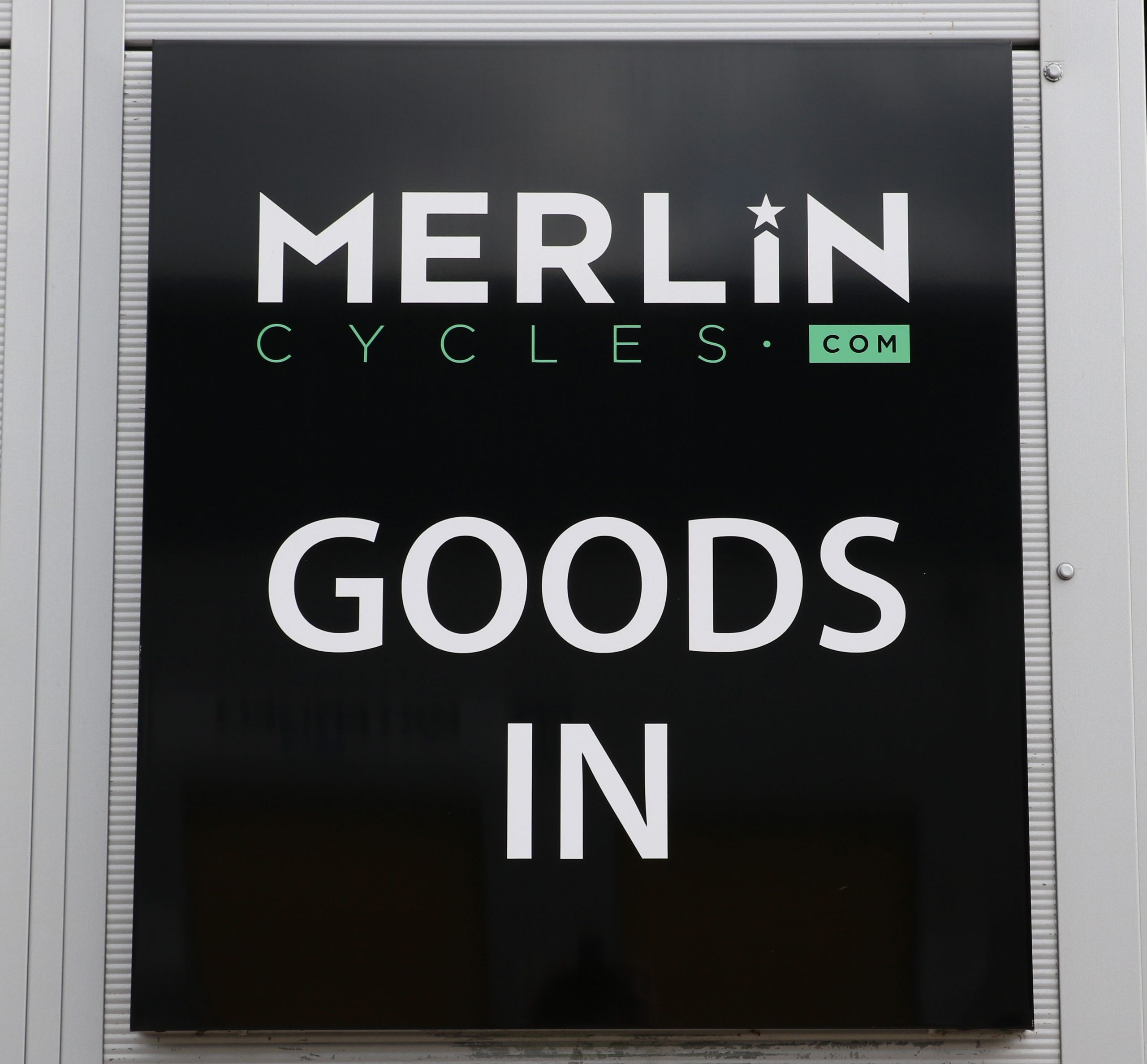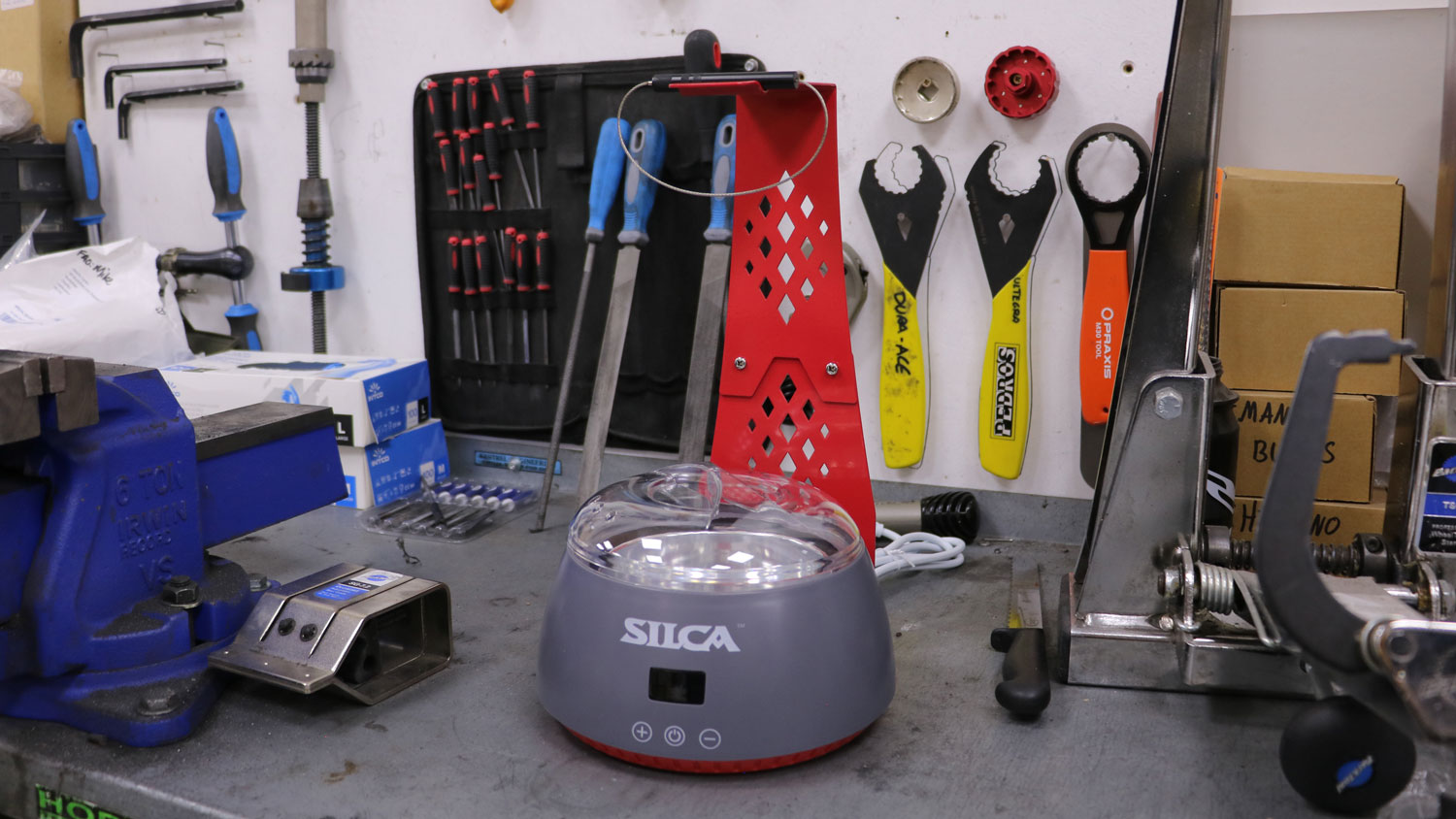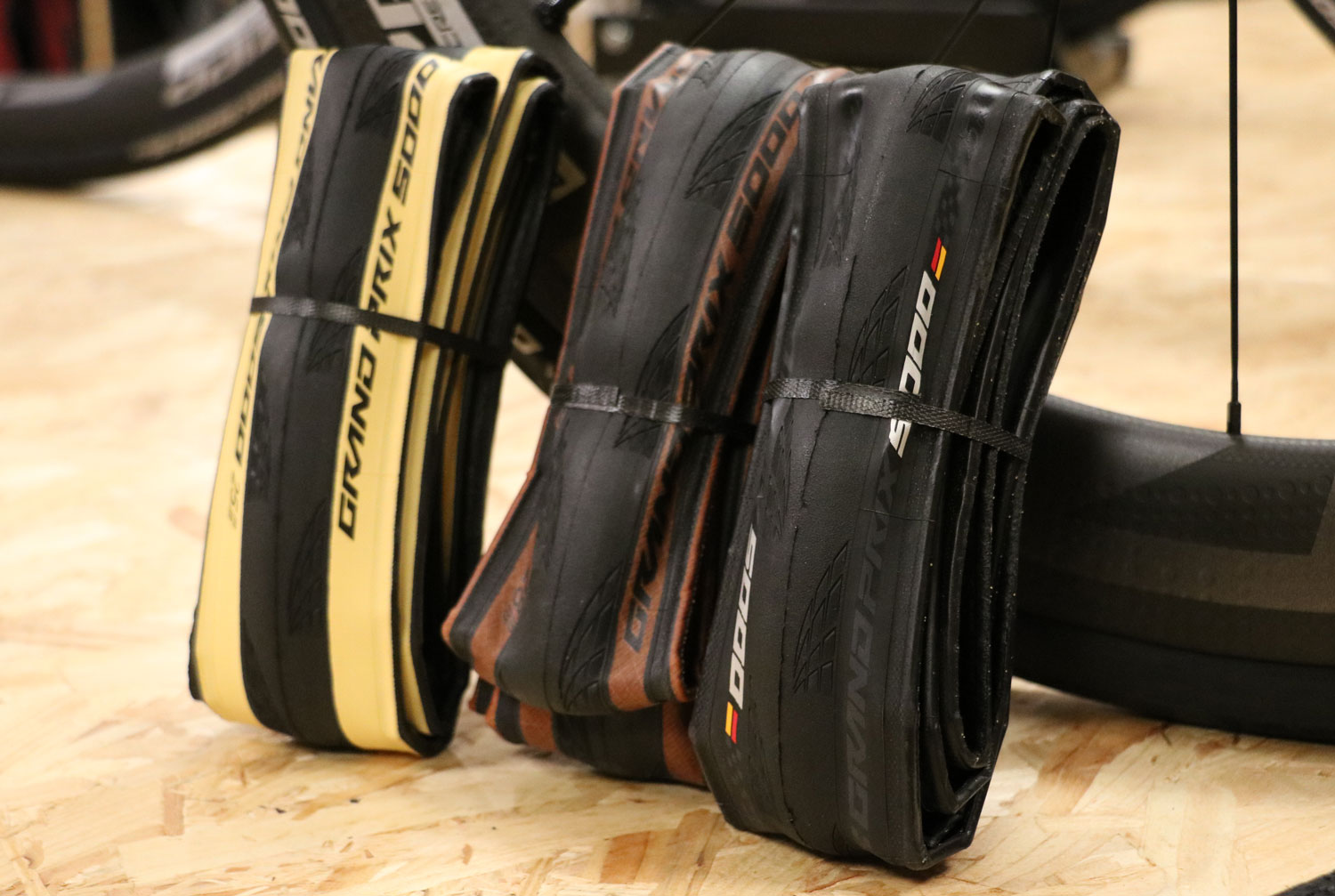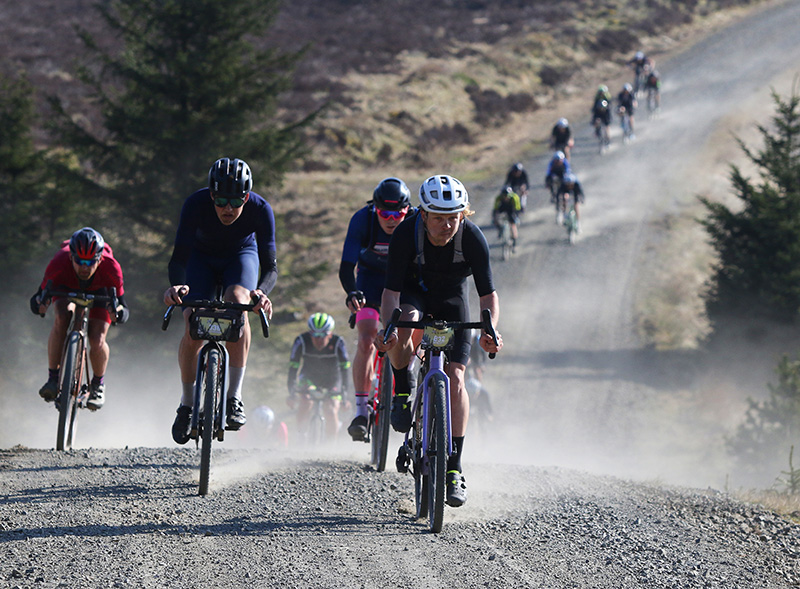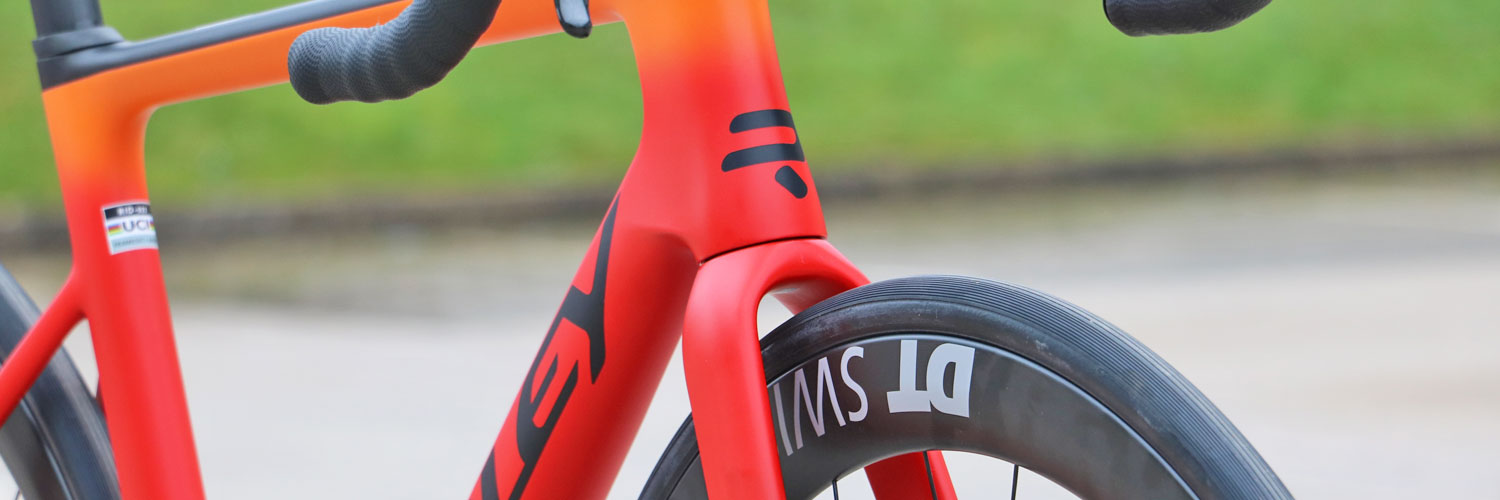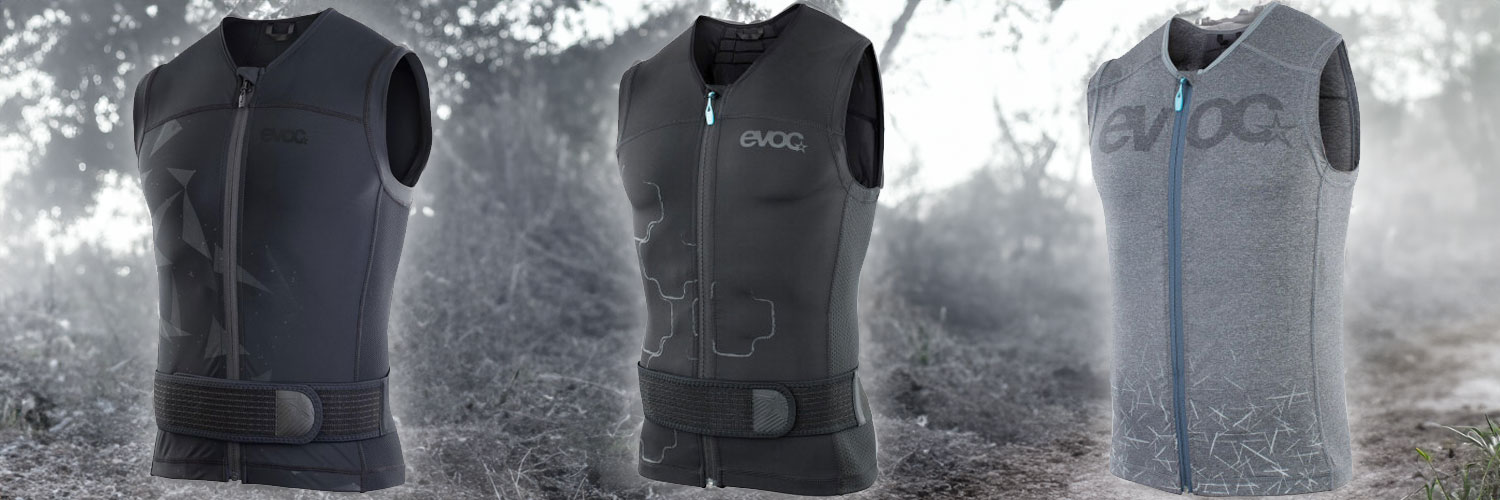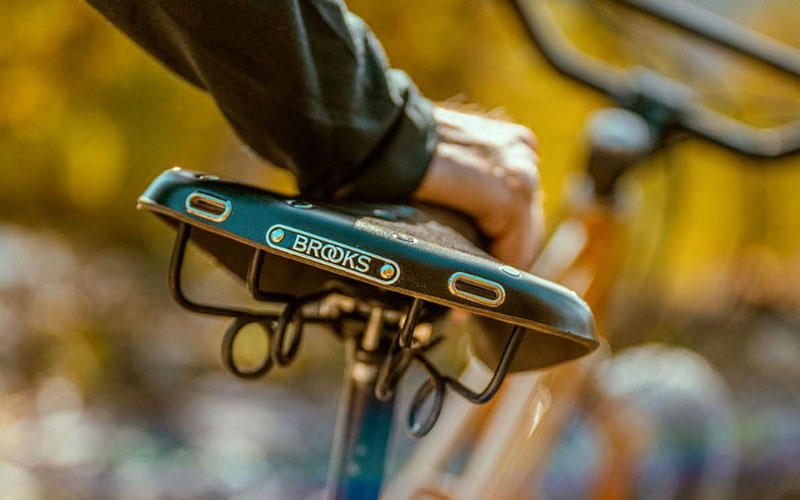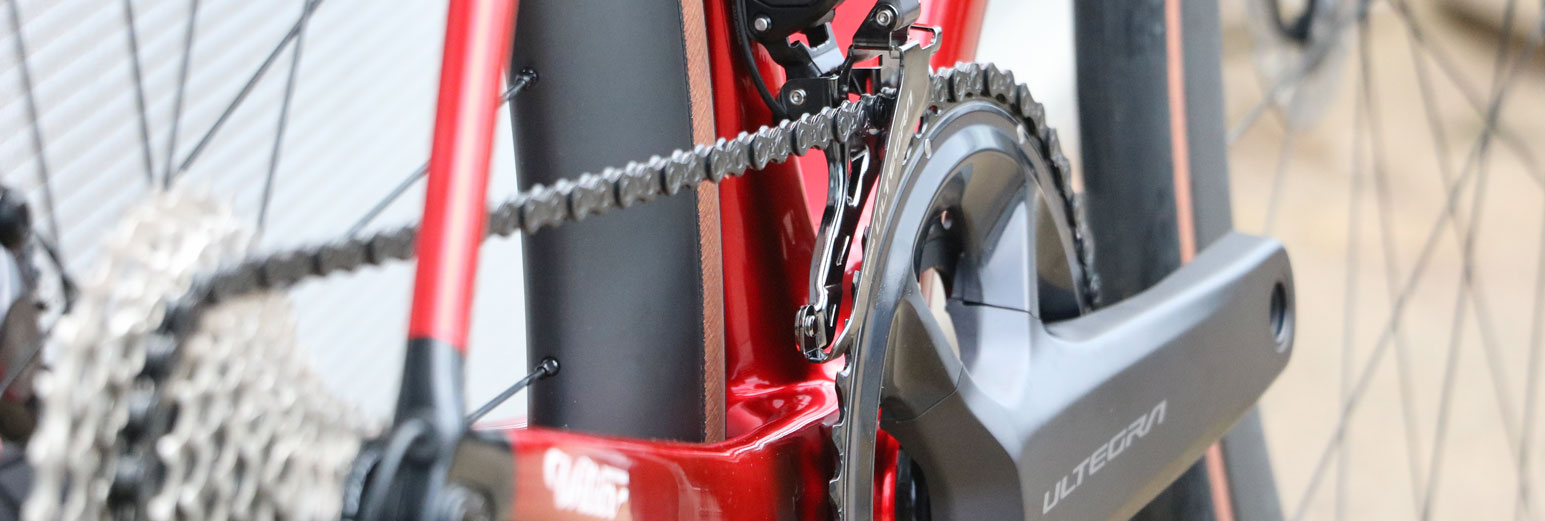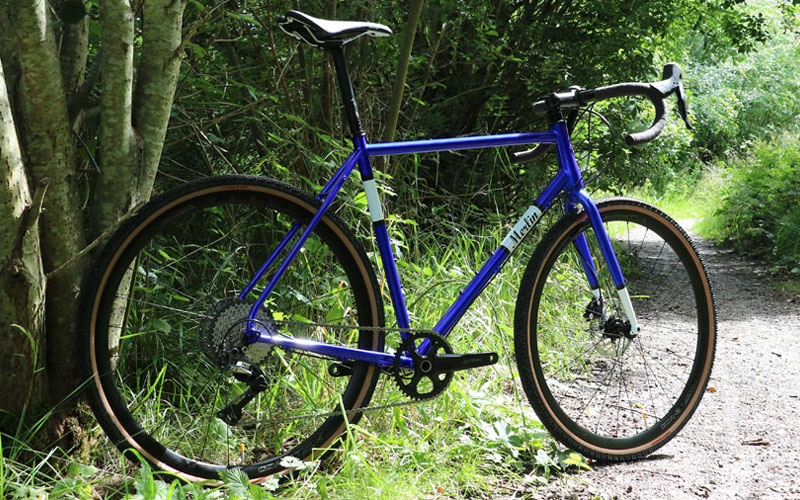Take a look at the new and exciting products to have arrived at Merlin Cycles this April.
Long Live the King – the New Panaracer GravelKing Range
To celebrate the iconic tyres 10th anniversary, Panaracer have launched a...
First Look – Silca Ultimate Chain Waxing System
A first look at the Silca Chain Waxing System including all of the products recommended for achieving ultimate results
Continental GP5000 Tyres – Which is The Best?
Without a doubt, the Continental GP5000 has long been the best...
What To Take On Your First Gravel Event
With the explosion of gravel cycling and events such as Dirty...
Marvellous March Arrivals at Merlin Cycles 2024
Here’s some exciting new products to hit the shelves at merlincycles.com...
Brand New Evoc 2024 Protectors, Packs and Hydration!
German company Evoc was founded by a group of outdoor sports...
Brand Spotlight: ‘Brooks England’ – Quality Handcrafted Bicycle Goods!
For more than a century, Brooks England have inspired boundless journeys...
Why Choose a Shimano Ultegra Groupset? 5 Reasons
The Ultegra Groupset components share aesthetics with Dura Ace, the technology...
Discovering New Cycling Routes: How to Plan Your Next Ride!
Whether you’re a seasoned rider or just starting out, finding new...

